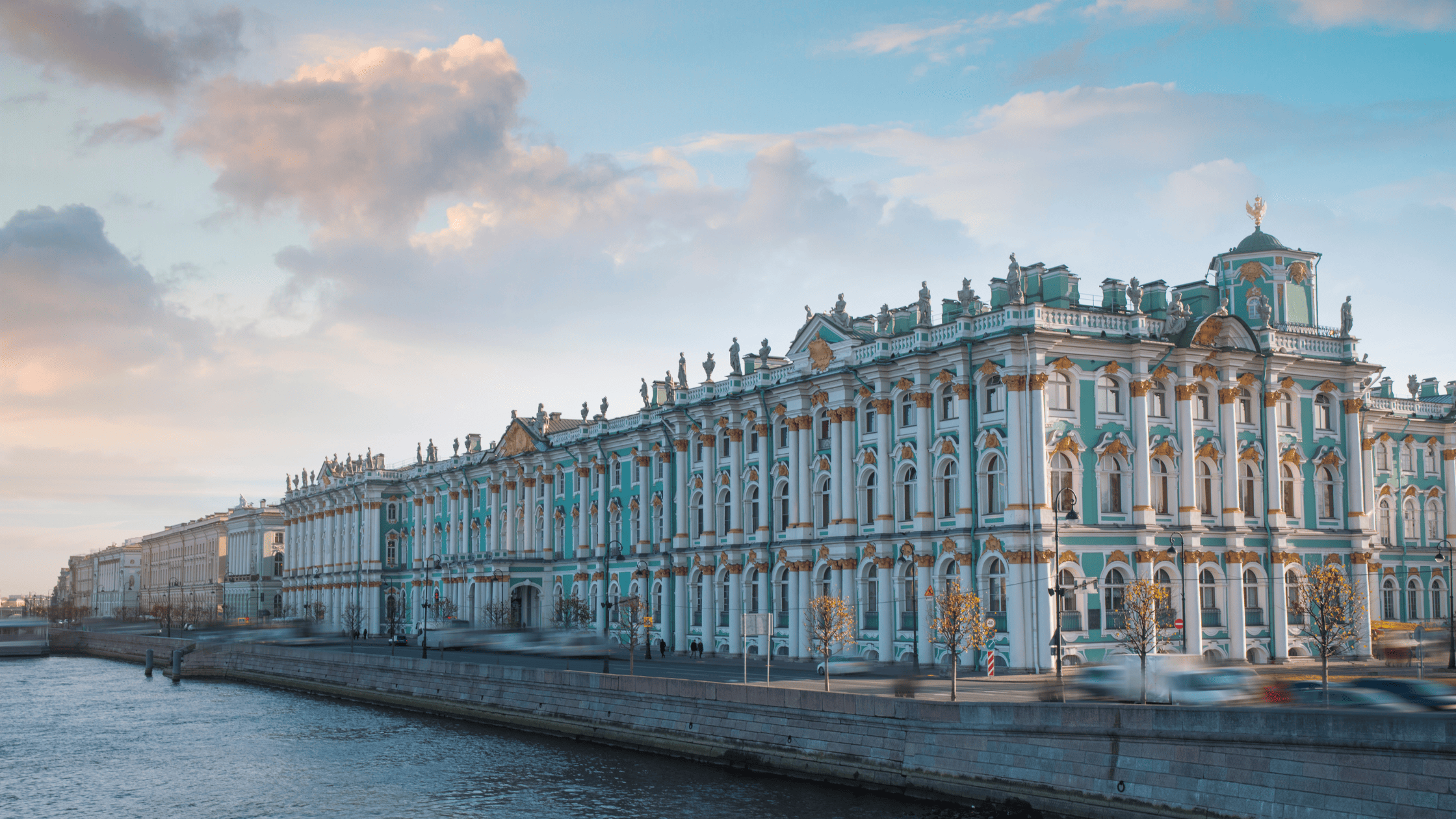
Republic of Kalmykia is located in the southern Volga region, just north of the Caucasus, bordering the Caspian Sea. It’s mostly known for being the only Buddhist region of Europe (yes, geographically speaking, it’s Europe) as Tibetan Buddhism is practiced by the majority of its inhabitants. The Kalmyks are descendants of the Oirats who came from Mongolia back in the 17th century.
From an endless steppe, winding Volga Delta, Buddhist temples and stupas dotting the landscapes to unique eurasian antelopes and strong cultural heritage, Kalmykia is an incredible off the beaten track destination waiting to be discovered !
Last updated : 02/03/2024

It’s mandatory to have an insurance to travel in Russia and apply for a russian visa (including the e-visa)
I recommend Attollo Assistance (24/7 assistance, medical expenses up to 35 000 €, repatriation)
General information
Capital : Elista (Элиста)
Population : About 265 000 inhabitants
Languages : Kalmyk and Russian. The Kalmyk language is a Mongolic language part of the Kalmyk-Oirat subgroup. It’s labelled as endangered by the UNESCO and spoken by only about 100 000 people.
The Kalmyk language is not to be confused with the Kumyk language that was the lingua franca back in the days in Dagestan and the Caucasus.
Religion : Tibetan Buddhism
Visa : The Republic of Kalmykia is part of the Russian Federation so you will need a russian visa if necessary depending your nationality.
Best time to travel : Spring time for the tulip blossom covering the kalmyk steppe or summer for the lotus blossom in the Volga Delta. Note : Kalmykia is quite windy year-round.

What’s a Khurul ?
A Khurul (in russian Хурул) is the name of a Buddhist temple in the republic of Kalmykia. It’s the equivalent to a Datsan (Дацан) in Buryatia and a Khure (Хурэ) in Tuva .
Who are the Kalmyks ?
The Kalmyks are descendants of Oirats nomads who migrated from their homeland in the Irtysh valley in the Altai of Western Mongolia to the northern shores of the Caspian Sea in the first half of the 17th century in search of greener pastures for their herds.
They settled on russian territory but in the 1760’s the russian tsarist government started to limite the local khan’s powers and by 1771 plenty decided to go back to their native land.
This migration is known in history as the “Torgut espace” or “exodus to Dzungaria“. 100 000 of Torghuts and Khoshuts (Oirats tribes) died on the way from attacks, hunger, cold …
The nomads who chose to stay in Russia were named “Kalmyks” litterally meaning
“those who remained” in the local langue.

Deportation of the Kalmyk people
In the summer 1942, part of the Kalmyk ASSR was under german occupation. The Soviet troups liberated it in January 1943, and in December the same year the entire Kalmyk population was accused of Nazi collaboration and deported to Siberia. Thousands died during the forced exile.
Like most of the wrongly punished people, they were allowed to come back to Kalmykia in the late 1950’s.
Fun facts about Kalmykia
– There are only 3 cities in Kalmykia : Elista, Lagan and Gorodovikovsk. The others have the status of villages.
– Elista is the chess capital of Russia.
– You can meet Kalmyk people in Karakol, Kirghiztan named Sart Kalmyks. They are also descendants of Oirats but they didn’t keep their native language alive.
– The sand sings in Kalmykia. The wind is so strong in the steppe that it makes the sound of an organ.
– Lenin’s paternal grandmother was Kalmyk.
Where to sleep
You won’t be surprised to learn that there are few hotels in Kalmykia, most of them are located in Elista the capital but you can find small ones as well as guesthouses in Lagan, near the Volga Delta, by the Caspian Sea.
You can easily find hotels in Elista on Zenhotels, the best alternative to Booking.com in Russia and guesthouses in Lagan on Edem-v-gosti, an all russian platform so a local bank card is required to book but it shows the adresses of the places.
I’ve stayed at the Mini-hotel 6 while in Elista, a sort of capsule hotel, super clean, no english spoken though.

Transport
Kalmykia is located in the southern Volga region, 1200 kilometers from Moscow, however, it’s not easy to get there.
Kalmyk must-try national cuisine
Traditional Kalmyk cuisine is mostly made of meat and diary products – a nomadic diet. Expect salty milk tea, mutton dumplings and fermented drinks ! Here are some must-try national Kalmyk dishes and drinks :
Restaurants & cafés I recommend

The saiga antelope
The saiga is a unique looking animal and the only specie of eurasian antelope left. This small but fast antelope roams around the steppe of Europe since the prehistoric times and used to live alongside mammoths.
Unfortunetely they are gravely endangered with only 3,500 animals left in 2015. Today, even though they are still far from being saved, there number increased up to 10 000, thanks to the help of Nature Reserves and protection centers in Kalmykia and the Astrakhan region.

What to visit in Kalmykia
Click here to see the list of the 13 best places to visit in Kalmykia, with tips on how to get to the places.
Read & watch
If you are interested in learning about Kalmykia and its people, I recommend you the following movies, books, documentaries and websites :
Any movies or books to recommend, feel free to share !

DON’T FORGET TO SHARE THIS POST !
Enjoy what you read and learn? Think about buying me a chai to support the blog !



